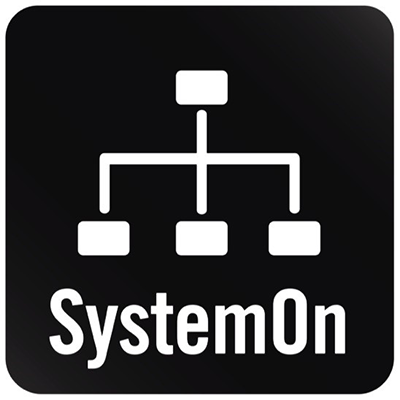AV/IT Professionals Conquer Complexity With Shure Systemon 3.1 Audio Asset Management Software

New Version Expands Support Across Shure Wireless Microphone And Audio Systems For Conferencing
Shure has introduced version 3.1 of SystemOn Audio Asset Management Software, empowering AV/IT managers and system integrators to stay one step ahead when overseeing large scale installs. Because AV/IT managers and system integrators can’t be everywhere at once, SystemOn 3.1 provides users a 360-degree view of inventory. The software constantly monitors device health and history to help ensure events run smoothly and seamlessly (tracking network connectivity, low battery status, RF performance, audio levels, etc.). Users have access to additional Shure products supported through the latest version of the management software to solve problems proactively.
“SystemOn is like a virtual system tech for AV/IT professionals,” said Chad Wiggins, Senior Category Director for Networked Audio Systems at Shure. “Version 3.1 adds support for our latest networked microphones and DSP products, making it an even more expansive management tool. As enterprises deploy various Shure products across multiple locations at increasing scale, the need to manage endpoints remotely is why we’ve developed, and now updated, SystemOn to make users’ lives even easier.”
SystemOn 3.1 now supports Shure’s ULX-D Digital Wireless System, Microflex Advance MXA910 Ceiling Array and MXA310 Table Array Microphones, P300 IntelliMix Audio Conferencing Processor, ANIUSB-MATRIX USB Audio Network Interface, and SCM820 Automatic Mixer.
The growing number of devices, endpoints, and locations creates another huge task for AV/IT professionals; Shure is committed to making those connections feel effortless with continually evolving technology.
“AV managers have a lot of demands on their time, and we believe system monitoring and maintenance shouldn’t be one of them,” noted Wiggins. “With SystemOn, users can devote their attention to other matters instead of literally running across a campus to manually check status on their array mics, DSPs, and wireless systems.”